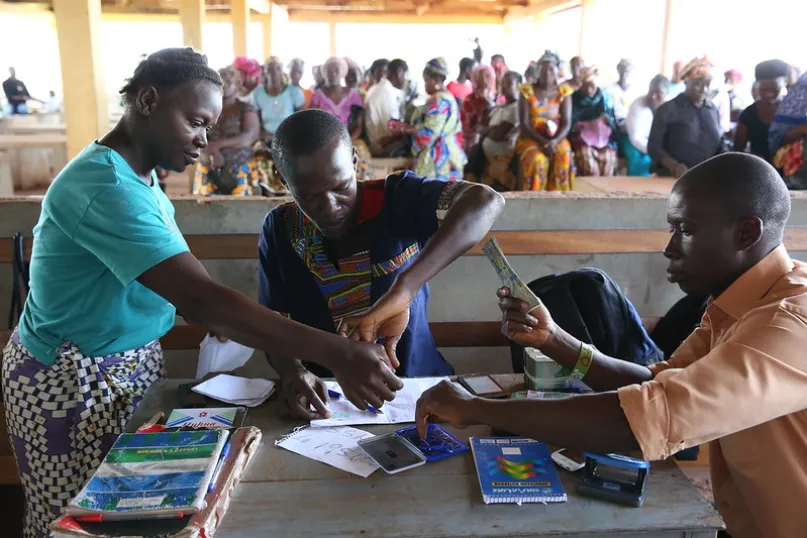Designing Municipal Cash Transfer Programs to Mitigate the Economic Impact of COVID-19

Though U.S. citizens and residents received economic support following passage of the CARES Act in spring of 2020, undocumented and mixed-status households were left behind. To bridge this assistance gap, state and local governments across the U.S. have partnered with community-based organizations to establish cash transfer programs to support these populations during the pandemic.
This report, part of a three-part series, provides practical guidance to municipalities considering or currently operating direct cash assistance programs. It is based on insights from in-depth, semi-structured interviews conducted by CFI with 12 program administrators representing seven cash assistance programs. The report identifies and details practices for defining target beneficiaries, establishing eligibility criteria, conducting outreach, onboarding recipients, and disbursing funds. This report also highlights the relative advantages and disadvantages of different approaches at each step of the process.


